 According to global location-based data from 2019, approximately 10.37% of children in Chad had not received the first dose of the diphtheria, tetanus and pertussis (DTP1), routine vaccines. This placed Chad among those with the highest rates of zero-dose children aged less than 12 months.
According to global location-based data from 2019, approximately 10.37% of children in Chad had not received the first dose of the diphtheria, tetanus and pertussis (DTP1), routine vaccines. This placed Chad among those with the highest rates of zero-dose children aged less than 12 months.
Zero-Dose Children in Chad
In 2021, the United Nations Children’s Fund (UNICEF) identified Chad as one of the top 20 countries where more than half of the world’s zero-dose children reside, with a 27% prevalence rate. In 2022, health data estimated that 188,500 children in Chad remained unvaccinated. The highest concentrations were found in the rural north, areas affected by conflict and within nomadic communities.
Around 80% of the population lives more than five kilometers from the nearest health facility, making access to routine vaccination especially difficult. Unqualified personnel and poor supervision during immunization efforts further widen this gap. These issues are compounded by ongoing challenges related to supply chain disruptions. The overall demand for routine immunization remains low and awareness-raising measures utilizing communication methods have not been effective.
Coordinated Responses and Interventions
WHO, UNICEF and Gavi, the Vaccine Alliance, developed the Reaching Every District (RED) strategy to support the activities and interventions. The plan consists of five operational components: planning and managing resources, engaging with communities, conducting supportive supervision, monitoring and using data for action and reaching all eligible populations.
Chad is a vast country with a low population density, which presents a significant challenge in delivering immunization services. To address this, partner organizations supplied 32 vehicles and 250 motorcycles to health centers, improving access to remote and hard-to-reach areas. Similarly, in collaboration with UNICEF, the Ministry of Health allocated an immunization strategy tailored for major urban centers. The Bill and Melinda Gates Foundation supported the preparation of communication plans in seven provinces, including training 5,000 village chiefs and community health volunteers in the Lake region.
Furthermore, supported by Gavi, 235 new nurses and paramedics were recruited throughout regional hospitals in nine provinces to expand access to healthcare. WHO trained health workers in 40 districts and health teams in 28 districts. In 2021, the PEV Manager smartphone app was introduced to strengthen service delivery, enable feedback and improve supervision.
Despite various challenges, Gavi’s collaboration with the Ministry of Health enhanced funding by establishing a restructured project management unit. Disbursements were accelerated by implementing streamlined procedures and utilizing mobile money systems wherever feasible while maintaining strong financial accountability. Effective financial management was a key driver of these achievements.
Cold Chain Equipment Optimization Platform
A major barrier in Chad’s immunization efforts was the lack of reliable cold chain infrastructure to preserve vaccines. This issue was addressed through the Cold Chain Equipment Optimization Platform (CCEOP), a collaborative initiative designed and funded by Gavi. UNICEF manages procurement and logistics, WHO provides technical guidance and the Ministry of Public Health leads implementation. With support from partners, the Ministry of Health expanded cold chain capacity nationwide, achieving coverage of more than 90%.
As part of this effort, a health facility map was developed to identify regions with high population density and limited infrastructure, helping prioritize locations for solar-powered cold chain equipment. By 2022, 1,506 health care facilities previously identified as lacking sufficient cold chain coverage were distributed 1,527 units of cold chain equipment, including freezers, refrigerators, coolers, generators and solar panels. With an approximate 70% increase in cold chain coverage since 2017, these efforts significantly improved access, reaching around 96% by 2022.
Triple Vaccine Launch
Chad’s Expanded Program on Immunization (EPI) marked a milestone by introducing three vital new malaria, pneumococcal and rotavirus diarrhea immunizations. Chad was one of the first countries to launch three essential vaccines simultaneously as part of its EPI. Chad took a comprehensive approach to roll out the new vaccines effectively. This included updating immunization policies, integrating vaccines into distribution plans and preparing detailed rollout strategies.
The country also trained health workers, strengthened cold chain infrastructure, engaged communities in raising awareness and established supervision and performance monitoring systems. Chad positioned itself as the 14th country to implement the malaria vaccine nationwide, aligning with the WHO’s goal of reducing malaria-related mortality by 90% by 2030.
Health experts estimate that the pneumococcal vaccine could prevent up to 5,000 deaths per year by safeguarding children from life-threatening bacterial diseases. Rotavirus caused more than 40% of pediatric diarrhea hospitalizations in Chad and contributed to infant mortality before its introduction. The rotavirus vaccine addresses this essential public health issue, advancing Chad’s national vaccination program to protect children from preventable and life-threatening diseases.
Between 2019 and 2022, coverage of the DTP1 dose increased from 89.63% to 98.84%. During the same period, completion of the full three-dose series (DTP3), a key indicator of immunization system performance, rose from 50% to 60%.
Conclusion
Chad is a compelling example of how effective collaboration and technical support through strong communication and coordination networks can drive meaningful change. These efforts significantly strengthened the Ministry of Health services at both national and local levels. As a result, many supervisors and health workers were revitalized and empowered to deliver more effective and responsive care to zero-dose children.
– Imge Tekniker
Imge is based in London, UK and focuses on Global Health for The Borgen Project.
Photo: Pexels
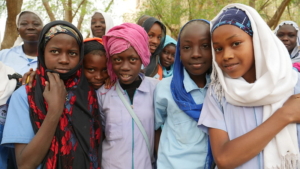
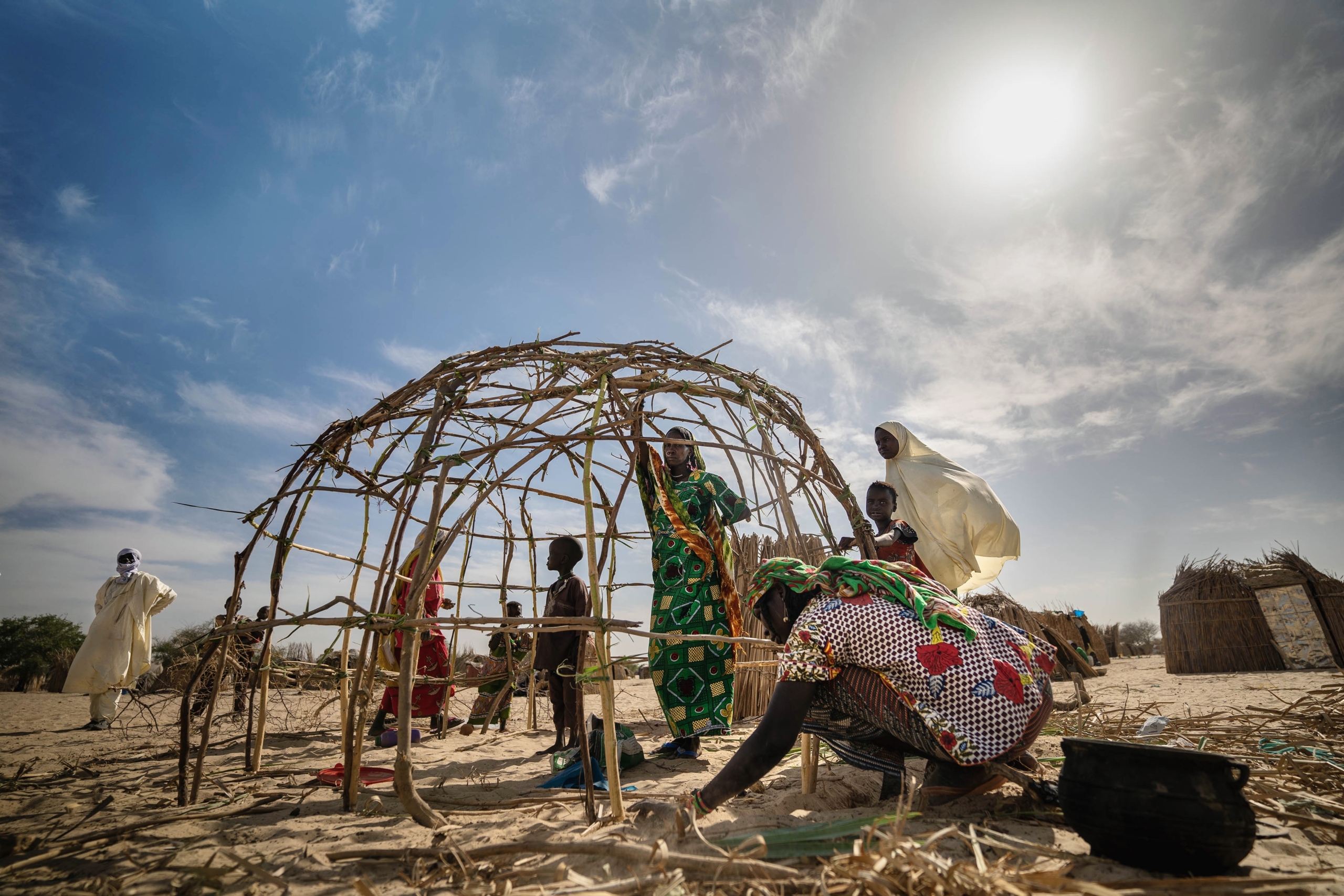
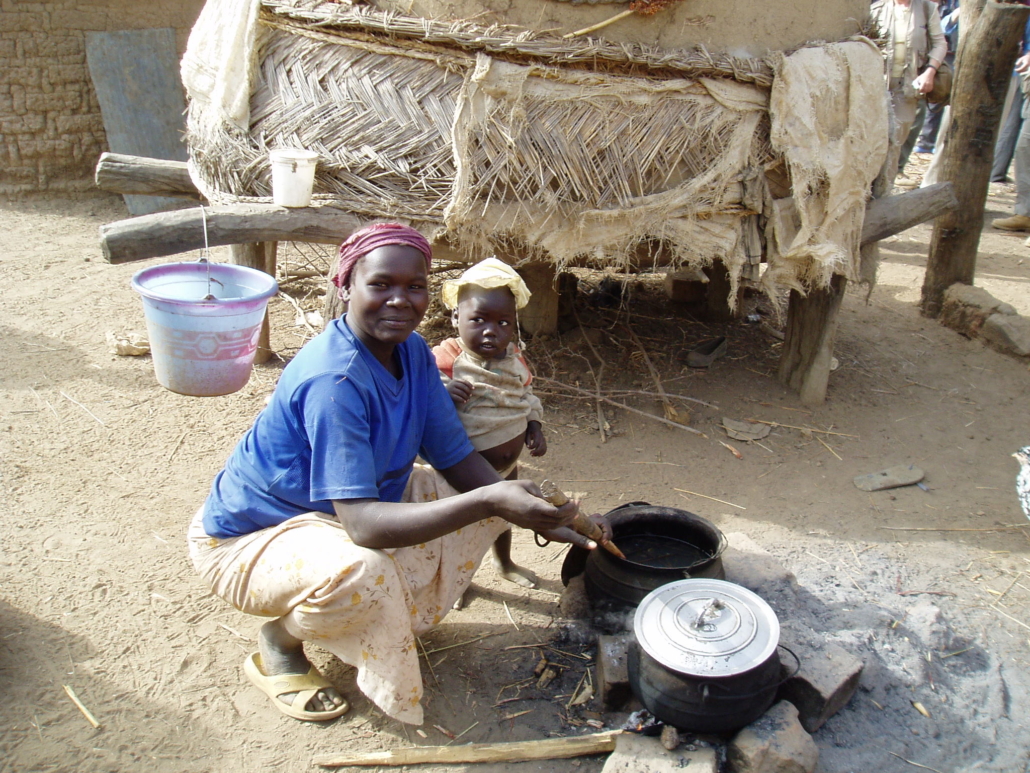 Located in North Central Africa,
Located in North Central Africa, 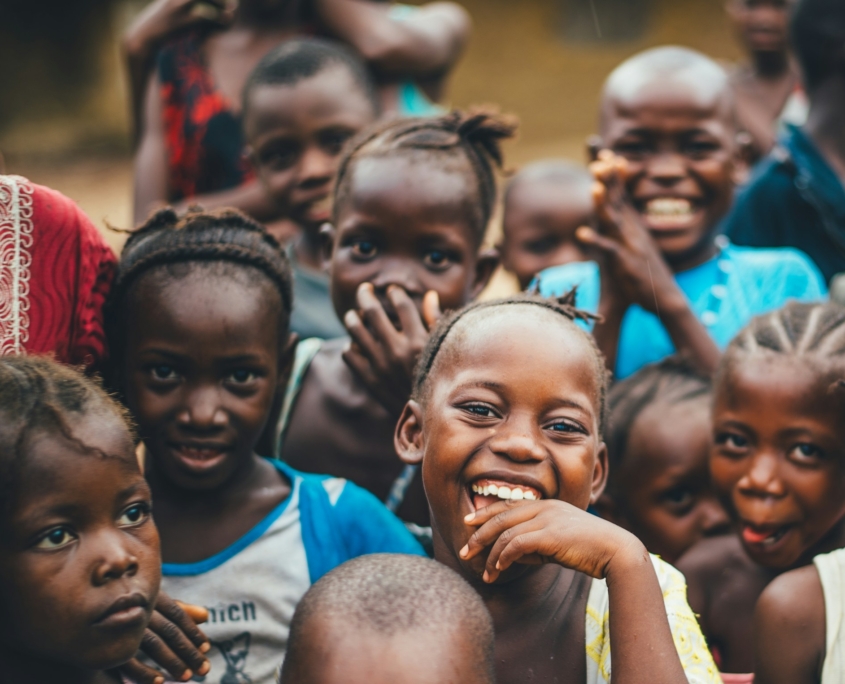 The Republic of Chad, an independent nation in Central Africa, is landlocked by Niger, Libya, Sudan, South Sudan, the Central African Republic, Cameroon and Nigeria. With a population of approximately 17.7 million, according to the World Bank, Chad suffers from some of the
The Republic of Chad, an independent nation in Central Africa, is landlocked by Niger, Libya, Sudan, South Sudan, the Central African Republic, Cameroon and Nigeria. With a population of approximately 17.7 million, according to the World Bank, Chad suffers from some of the 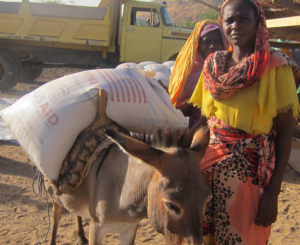 Chad, “
Chad, “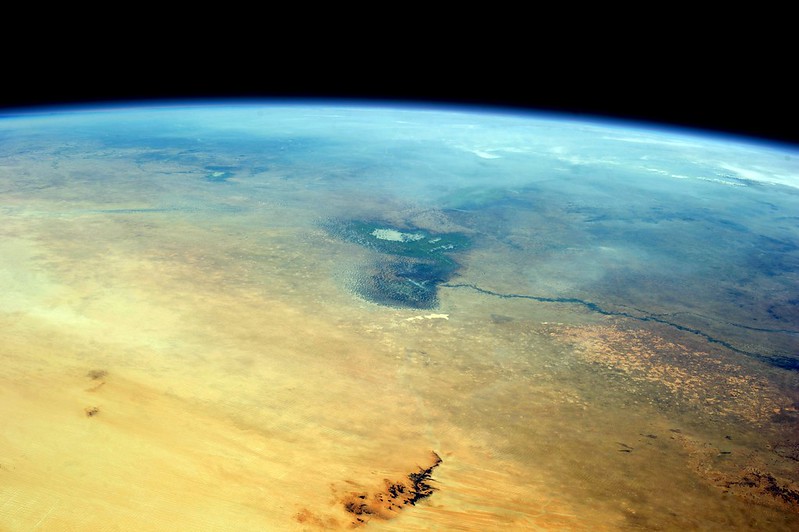
 The landlocked nation of Chad, located in Central Africa, has continuously experienced challenges in addressing its ongoing poverty crisis. While many recent efforts by international programs have brought clean water and a steady supply of food to millions, hunger in Chad still affects many men, women and children there.
The landlocked nation of Chad, located in Central Africa, has continuously experienced challenges in addressing its ongoing poverty crisis. While many recent efforts by international programs have brought clean water and a steady supply of food to millions, hunger in Chad still affects many men, women and children there.

